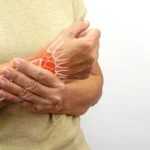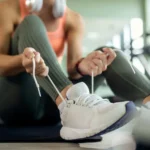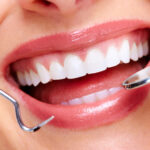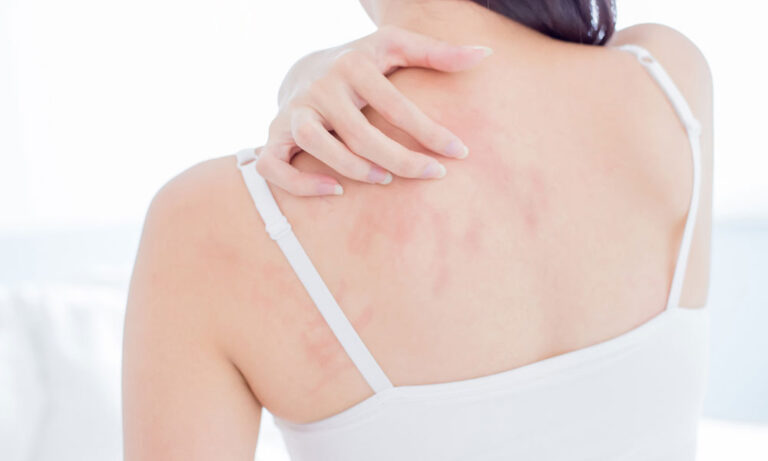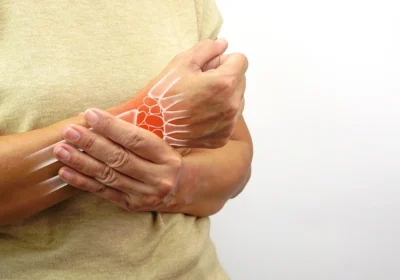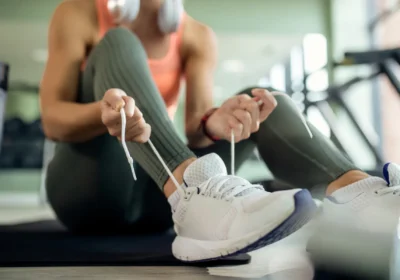
How Singapore Hospitals Handle Complex Hand Reconstruction
Complex hand reconstruction is considered when injuries or disease threaten limb viability, sensibility, motion, or durable soft-tissue cover. Typical scenarios include multi-digit amputation, ring-avulsion and degloving injuries, mangled extremity with open fractures, high-pressure injection injuries, deep infections requiring debridement, tumour extirpation defects, and late sequelae such as stiffness, tendon adhesions, and neuromas. In each case, the hospital pathway begins with time-critical triage: haemodynamic stability, ischaemia clock, contamination control, tetanus status, and antibiotic initiation. A designated orthopaedic hand surgeon leads assessment of bone, tendon, artery, vein, and nerve integrity, documenting capillary refill, two-point discrimination, and active tendon function where feasible.
Imaging and Decision Making
Plain radiographs (AP, lateral, oblique) establish fracture and joint involvement. CTA is considered for proximal vascular injury or equivocal perfusion, while ultrasound helps identify fluid collections or tendon discontinuity when wounds are closed. MRI is only used to answer certain questions, like tumour planning, osteomyelitis mapping, and occult scaphoid damage. Decision aids weigh replantation versus revision amputation using factors such as digit level, mechanism (sharp vs crush), warm ischaemia time, contamination, and patient comorbidity. When limb salvage is attempted, the team anticipates staged procedures and hand therapy from the outset.
Anaesthesia, Analgesia, and Tourniquet Strategy
Anaesthetic choice balances surgical exposure, physiological risk, and the need for intraoperative function testing. The majority of multi-structure repairs, replantations, and free flaps are performed under regional block plus general anaesthesia to enable extended operating times, controlled hypotension when necessary, and microsurgical precision. WALANT (wide-awake local anaesthesia no tourniquet) is effective for certain tendon and ligament reconstructions that benefit from active motion testing. A calibrated pneumatic tourniquet, strict limb positioning, thermal control, and loupe or microscope magnification are standard. Multimodal analgesia (regional catheter, paracetamol, NSAIDs where appropriate, and opioid-sparing adjuncts) supports early mobilisation.
Damage Control and Staged Reconstruction
Contaminated crush injuries are managed with systematic debridement back to bleeding, viable tissue, copious irrigation, and fracture stabilisation. Rotation, alignment, and length are restored via low-profile plates or external fixation. It is possible to bridge to definitive cover using negative-pressure wound treatment. Where segmental bone loss exists, options include autograft, vascularised bone (e.g., medial femoral condyle), or a staged induced-membrane (Masquelet) technique. The orthopaedic hand surgeon works in conjunction with the vascular, infectious, and plastic disease teams when biofilm or substantial soft-tissue loss is a concern.
Replantation and Revascularisation
Amputations and deglovings often involve the following steps: skeletal fixation, extensor and flexor tendon restoration, arterial input, venous outflow (with vein grafts if necessary), and nerve coaptation. Vein grafts are used to bridge vascular gaps; adventitial trimming and moderate dilatation improve patency. Antithrombotic protocols vary but often include systemic heparinisation intraoperatively and antiplatelet therapy postoperatively, with leech therapy reserved for venous congestion when suitable veins are unavailable. Post-op monitoring uses Doppler signals, skin turgor, and temperature; early return to theatre is planned if perfusion deteriorates.
Soft-Tissue Coverage and Composite Reconstruction
To safeguard repairs and allow therapy, stable coverage is necessary. Local flaps (cross-finger, thenar, homodigital island) suit fingertip and small defects. Larger exposures may require pedicled groin or abdominal flaps, or free flaps such as radial forearm, anterolateral thigh, or medial sural artery perforator, chosen for pedicle length, calibre match, and tissue characteristics. For composite defects, osteocutaneous flaps provide simultaneous bone and skin, tendon grafts (palmaris longus, toe extensors) or staged tendon transfers restore motion when primary repair is not viable.
Tendon, Nerve, and Joint Reconstruction
Multi-strand core sutures and epitendinous augmentation are used in zone-specific flexor repairs to allow for early active motion. Vein grafts are used to bridge vascular gaps; adventitial trimming and moderate dilatation improve patency. For extensor zones, low-profile techniques minimise adhesions beneath retinacula. Depending on their length and location, autografts, processed nerve allografts, or conduits are used to fill digital nerve gaps; sensory re-education starts as soon as reinnervation is anticipated. Chronic instability or articular destruction is addressed with ligament repairs, hemi-hamate grafts, partial arthrodeses, or arthroplasty, depending on demand and defect pattern.
For coordinated evaluation, operative planning, and rehabilitation of complex hand injuries within a hospital setting by an orthopaedic hand surgeon, contact the National University Hospital (NUH).

